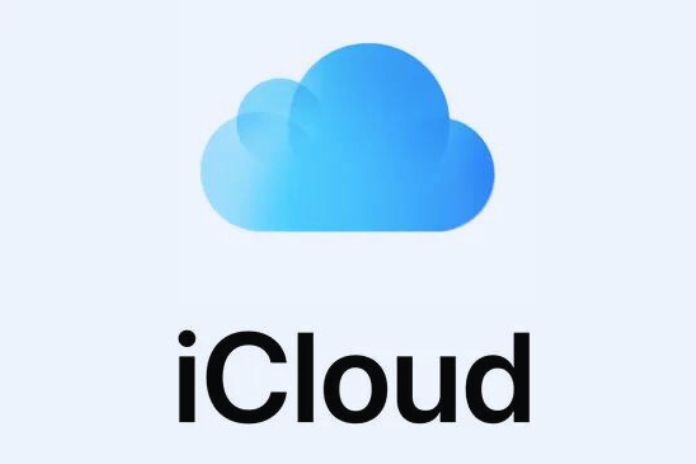Here is a virtuoso stunt to safeguard your iCloud account regardless of whether they catch your secret phrase: set up 3-factor validation. A secret phrase is all that stands between an aggressor and full admittance to your location book, messages, photographs, and confidential data, including Mastercards and ledgers.
Hence, it is crucial to safeguard the information contained on iCloud in every conceivable manner. Today, we recommend a splendid stunt that permits you to add a layer of safety: an additional PIN code to get to iCloud settings, similar to a 3-factor confirmation.biCloud is a Mac administration that permits you to safely store your data in the cloud and keep it refreshed on the entirety of your iPhones, iPads, and Macintoshes.
This is a cloud stage that offers different administrations to oversee and synchronize your internet-based information.bSeemingly insignificant details like iCloud Drive permit you to store and synchronize documents and access them from any gadget. iCloud Photographs is the service that backs up your photographs and recordings to the cloud and makes them accessible on all of your devices.
iCloud Mail, the indispensable iCloud Keychain to safely store your passwords and synchronize them across the entirety of your devices (as well as produce new ones), is a help that makes a reinforcement duplicate of the information on your iPhone, iPad, or iPod contact in the cloud and permits you to reestablish them in the event of need. iCloud Reinforcement to impede or erase them from a distance and to send crisis messages. Lastly, find your lost or stolen gadgets. The assistance that helps you Where is
However, these are just the primary and most modern ones. As a matter of fact, there are a lot of other little but essential applications like Notes, Schedule, Contacts, Updates, Safari, Guides, etc. All are incorporated into Mac gadgets and accessible through programs from any PC on iCloud.com. To spread it out, obviously, iCloud deals with the organization of your online data and further fosters your experience using Apple devices. However, it is crucial to protect your iCloud data with encryption and strong passwords to hold aggressors back from getting to it. That is the explanation Apple made for the 2-factor affirmation.
2-Factor Authentication
Consistently, we utilize the web to convey, work, study, have some good times, and substantially more. Yet, every time we interface with the web, we leave computerized data that can be gathered, investigated, and utilized by outsiders without our consent. The following is our information: data that distinguishes us or makes us conspicuous, for example, name, address, phone number, inclinations, propensities, suppositions, and so on. Our information is valuable and should be safeguarded.
As a matter of fact, in the event that they fall into some unacceptable hands, they can be utilized for unlawful or destructive purposes, like data fraud, misrepresentation, coercion, separation, control, or an infringement of our security. Therefore, safeguarding them is fundamental. iCloud two-factor Validation is a security strategy that requires two snippets of data to get to your iCloud account: your secret key and a check code.
This code is sent to your Apple gadget or telephone number when you attempt to sign in from another device or internet browser. Along these lines, no one but you can get to your iCloud account, regardless of whether somebody knows your secret key. Here and there, in any case, more than this action is required. For this reason, you can and should set an extra degree of safety by exploiting the security systems presented by the iPhone. This is the way to activate 3-factor validation.
3-Factor Authentication
The thought is primary and robust. By and by, try to set a lock code to get to iCloud settings through Screen Time. Screen Time is a component presented by Mac on the iPhone, iPad, and iPod touch that permits you to screen and deal with the time spent on gadgets and applications. Made to pick whether a device is yours or that of a minor and set a code to safeguard applications and settings from undesirable access,
By enacting it in the iCloud settings, be that as it may (and regardless of whether you are not a minor), you will get a gainful secondary effect: irrespective of whether they took your gadget and, in some way or another, figured out how to take your secret phrase, they would reach another stopping point—the one for the PIN to get to the iCloud settings. Turn on the switch for content and protection limitations in Settings → Screen time → Limitations and content security. Then, at that point, in the Permit Changes area, enact the Don’t Permit choice.
At last, return to the principal screen of Use Time and begin the Utilization “Season of Purpose” code. From this second on, your iCloud settings will be turned greyed out and not open. To have the option to transform them, you should open Settings → Screen Time → Limitations and protection content and enter your PIN to handicap them. It’s without a doubt a little severely designed, yet then again, we seldom contact iCloud settings, so it merits adding a layer of safety.
Also Read: How To Save On The Purchase Of An iPhone 15

